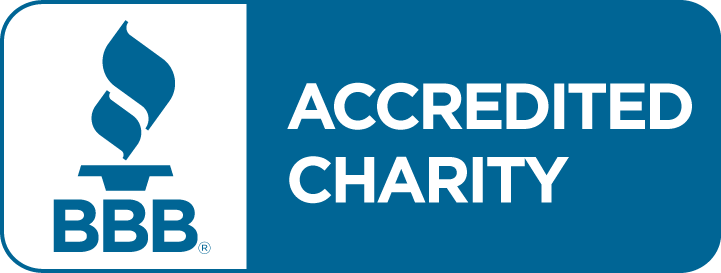Co-Authored By: Christine Benero, President and CEO, Mile High United Way; & Jeff Dolan, Vice President of External Affairs, Comcast Mountain West Region
“Me and my sister had to go to McDonalds to access the internet and do our schoolwork,” stated Janeaya Ramos, 17-year-old Denver resident.
“Reliable, affordable Internet access has been a struggle for my family,” said Mi Nai (Minnie) San, 19-year-old Aurora resident. “There were three of us going to school in the same house and we had to share one computer.”
The digital divide has been prevalent in our communities for a long time. Students with access to reliable technology and equipped with the skills to use it perform better academically, and in turn, receive greater opportunity outside of school than those who don’t have access to reliable home internet connection. It’s nothing new, yet with COVID-19’s impact on individuals and families across Colorado so markedly uneven, the lack of digital equity is now glaringly obvious. Since the pandemic hit, we’ve seen disproportionate impact on some of our most under-resourced communities. No one should have to do their homework from a parking lot. But we hear stories like Janeaya’s and Minnie’s firsthand from our employees and partners, especially in our most under-served neighborhoods, where chronic school absenteeism and unemployment is already a challenge.
When school transitioned to virtual learning, despite the very best efforts from our educators, many parents still felt unprepared. One mom shared with us, “I was really confused – how do you go to school on a computer? I don’t think any of us have experienced what we’re doing now as far as remote learning. I felt it was really hard because I have to work, but they have to be at school.” The mom goes on to say that before Mile High United Way was able to provide a computer, her children were doing their schoolwork from a cellphone.
We know students, teachers, educators, and parents are all doing the best they can. But without a dedicated school computer or reliable access to the internet at home, how can students who may already be behind ever hope to catch up?
Other barriers to virtual learning exist and could range from financial difficulties, inexperience with the technological aspects of remote learning, language barriers, fear of scams, and more. In Denver, lack of a home internet connection shouldn’t be one of them.
According to Broadband Now, there are nearly 20 Internet providers covering 98.2 percent of Denver – many with a reduced rate for lower income households – yet according to most recent Census Data (2014-2018) nearly 20 percent of Denver area students still are not connected to the internet at home, creating an enormous barrier to online schooling.
Digital literacy, access to laptops and reliable internet are not the only solutions to addressing this disparity, and Mile High United Way and Comcast are working together through public-private partnerships to address the communities’ needs while focusing on stabilizing households and covering these essentials first and foremost – so children and families can prioritize their learning now.
Beyond connectivity, the two organizations are collaborating to support technology resources and educational training through the Mile High United Way United for Schools Program. United for Schools focuses on strengthening schools and stabilizing families in under-resourced neighborhoods so student engagement and success can be prioritized fully. Not only that, the program ensures families have basic needs covered, like food and rent, by connecting them to the Mile High United Way 2-1-1 Help Center.
Additionally, Comcast has through its Internet Essentials program invested almost $700 million nationally in digital literacy training and awareness, connecting more than 300,000 low-income Coloradans in the last decade to low-cost, high-speed internet at home. And with its new “Lift Zone” initiative, Comcast is equipping community centers across the state with free WiFi to support distance learning. The combined work is connecting people to what matters most.
Now with access to internet at home, Janeaya says, “The Internet Essentials program has made school very easy. I don’t have to stress. Now that we have internet at home, we don’t have to worry about finding a ride somewhere and we don’t have to worry about being able to do our schoolwork.”
United in the belief that everyone should have equitable access to the internet, Mile High United Way and Comcast are proud to work together to prioritize digital literacy for those in the communities we serve. These types of partnerships are a model for many of our organizations, businesses and governments to address the digital divide and other disparities impacting our most under-resourced neighborhoods. When public and private entities work together, we can better address the needs of our community. We can increase access to educational resources and help more students and families fully participate in our society. In turn, this will increase access to greater economic opportunity and financial stability for all Coloradans.
Join us – together we can help bridge the digital divide.
To learn more about partnering with Mile High United Way, email Haley Shilts at Haley.Shilts@unitedwaydenver.org, and to learn more about partnering with Comcast, email Melinda McCluskey at Melinda_McCluskey@Comcast.com.
Mile High United Way | All Rights Reserved 2024 | Privacy Policy



